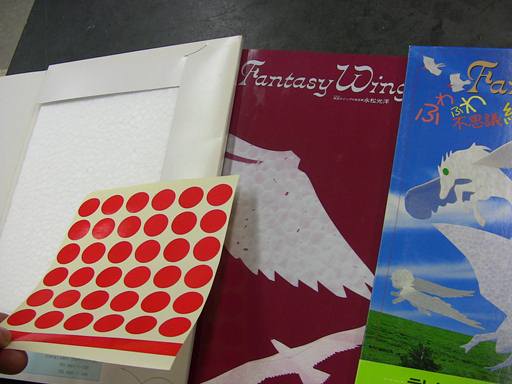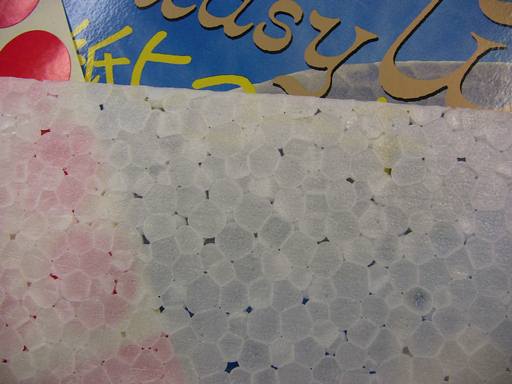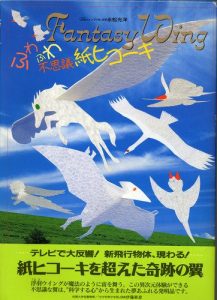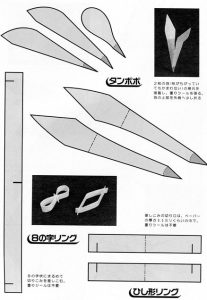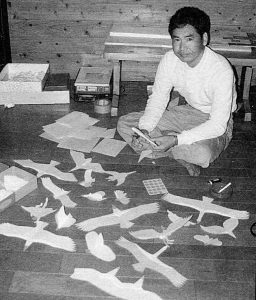
I followed Michael Thompson into making thin foam gliders. Tyler MacCready had been making sturdier, thicker Depron foam gliders that moved pretty fast. But I found that EPS foam sliced to about .5 mm is lighter than paper and it works very well for my students. I was very excited to discover that all the way back in 1996 a Japanese man by the name of Kouyou Nagamatsu wrote an extraordinary book about thin foam gliders, named Fantasy Wings. He made them into birds, butterflies, flying horses and lots of other mythical creatures. A whole industry has sprung up around this book. (Warning: The Google translation is a bit off, according to my Japanese-speaking wife.)
Here is the patent document for his foam slicing machine.
In March 2018 we corresponded with Mr. Matsunaga's son, and he shared the following:
About 20 years ago Mr. Matsunaga published Fantasy Wing ふわふわ不思議紙ヒコーキ.The book was a success and caught media attention. He become so busy presenting gliders on TV etc, that he hardly had time to sleep.
Ever since he was young, Mr. Matsunaga loved the sky. As a young man he pioneered hang gliding before hang glider design had evolved to be safer. When his glider crashed after he was blown around by strong gust of wind, he was seriously injured. He quit hang gliding after the accident but he could not give up his fascination of sky and flight.
He found an outlet for his passion in paper airplanes. After lots of trial and error his flying designs evolved to foam paper airplanes that are an order of magnitude lighter and slower-flying than regular paper. After building a foam slicer, he repeatedly tested to achieve ultimate thinness and lightness for ふわふわ flight (roughly translated as floaty flight) He experimented and discovered how weight position affected flight.( he used a sticker for a weight) He found something new about a foam glider and its flight almost daily.
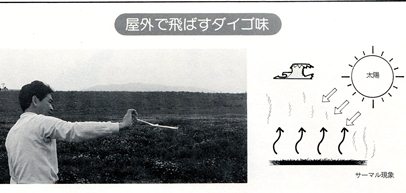
Mr. Magamatsu does not seem to have known about walkalong gliding (air surfing) when he wrote the book, although he does have an illustration of a hang glider and thermal lift. People--particularly in Taiwan and Singapore where the book has been translated into Chinese--are now using the designs for walkalong flight.
